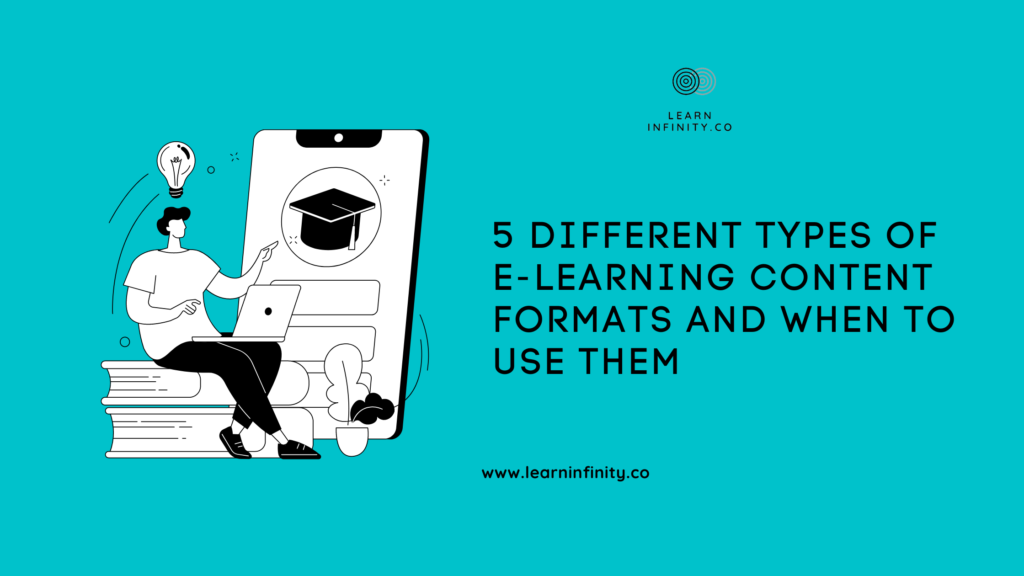According to Gabe Zichermann, the author of “Gamification by Design,” integrating gamification into regular work and training can transform mundane tasks into enjoyable activities. As a result, it can increase employee skill retention by around 40%.
Gamification and ROI has become an increasingly popular trend in the world of e-learning, as it offers a way to enhance the learning experience, improve engagement, and increase knowledge retention.
A recent survey conducted by the Brandon Hall Group found that 83% of organizations reported that gamification positively impacted their learning and development programs. Additionally, gamification has been found to increase engagement rates by up to 60%, according to research by TalentLMS.
However, while gamification has been widely embraced by many companies, measuring its impact on business outcomes can be challenging. It is essential to justify the investment made in gamification by measuring its ROI through indirect metrics, such as engagement rates, knowledge retention, performance improvement, and cost savings.
What is meant by ROI in gamification?

Gamification in ROI refers to the measurement of the financial return on investment generated by incorporating game mechanics and design elements into training and learning programs.
The goal of gamification in ROI is to evaluate the effectiveness of gamification in achieving business outcomes such as increased engagement, knowledge retention, performance improvement, and cost savings.
By measuring the ROI of gamification, companies can determine whether the investment made in gamification is generating a positive financial return or not. The ROI of gamification can be calculated by comparing the costs of implementing gamification to the benefits achieved through increased engagement rates, knowledge retention, performance improvement, and cost savings. If the benefits outweigh the costs, then the investment in gamification has a positive ROI.
Advantages of ROI of Gamification in Corporate E-Courses
 Improved engagement and motivation
Improved engagement and motivation
Gamification techniques such as badges, points, leaderboards, and progress bars provide a sense of achievement and progression to employees, making the learning process more engaging and motivating.
 Cost-effective training
Cost-effective training
Traditional training methods, such as classroom training and in-person workshops, can be expensive and time-consuming. In contrast, gamification can be implemented in e-learning courses at a relatively low cost, making it a cost-effective training solution.
 Real-time feedback
Real-time feedback
Gamification can provide immediate feedback to learners, helping them identify areas where they need to improve and reinforcing their strengths. This real-time feedback can help learners stay motivated and on track, resulting in better learning outcomes.
 Improved ROI
Improved ROI
Gamification can lead to better ROI by improving employee engagement, knowledge retention, and overall course completion rates. By implementing gamification techniques in e-learning courses, organizations can reduce the costs associated with traditional training methods and improve the effectiveness of their training programs.
How to measure using ROI?
Engagement Rates
The use of gamification in e-learning has been shown to increase engagement rates significantly.
According to a study conducted by the University of Colorado Denver, students who used gamified e-learning experienced an 11% increase in engagement rates compared to those who did not.
In another study by the Aberdeen Group, organisations that used gamification in their e-learning programs reported a 48% increase in employee engagement rates.
To measure engagement rates, you can track the number of employees who complete the e-course, the time spent on the course, and the number of badges or points earned. You can also survey employees to get their feedback on the course and its effectiveness.
Knowledge Retention

Gamification has also been found to enhance knowledge retention.
According to a study by the Journal of Educational Psychology, gamification in education increased student knowledge retention rates by up to 90%.
Additionally, a study by the University of Colorado Denver found that gamification in e-learning increased long-term retention rates by up to 50%.
To measure knowledge retention, you can use pre- and post-course assessments to determine how much information employees have retained after completing the course. You can also conduct follow-up assessments after a set period to determine whether employees have retained the information over time.
Performance Improvement

The ultimate goal of any training program is to improve employee performance, and gamification can help achieve that goal.
According to a study by TalentLMS, gamification led to a 14% improvement in employee performance.
Additionally, a study by the Aberdeen Group found that organizations that used gamification in their e-learning programs reported a 36% improvement in employee performance.
Cost Savings
Gamification in e-learning can also lead to cost savings. According to a study by the eLearning Industry, gamification can reduce training time by up to 50%.
This reduction in training time can result in significant cost savings for companies. Additionally, a study by the University of Colorado Denver found that gamification in e-learning led to a 16% reduction in training costs.
To measure cost savings, you can compare the cost of implementing gamification in e-courses to the cost of traditional training methods. You can also track metrics such as reduced employee turnover rates, improved employee performance, and increased revenue to determine if there have been any cost savings as a result of implementing gamification.
The ROI of gamification can be calculated by comparing the costs of implementing gamification to the benefits achieved through increased engagement rates, knowledge retention, performance improvement, and cost savings. If the benefits outweigh the costs, then the investment in gamification has a positive ROI.
In conclusion, gamification in corporate e-courses has proven to be an effective way to improve learning outcomes and business outcomes. By incorporating game mechanics and design elements into training programs, companies can increase employee engagement, knowledge retention, performance, and cost savings.
The ROI of gamification can be measured indirectly through metrics such as engagement rates, knowledge retention, performance improvement, and cost savings. As companies continue to invest in e-learning, gamification will play a vital role in ensuring that these programs are successful in achieving their intended objectives.



 Improved engagement and motivation
Improved engagement and motivation Cost-effective training
Cost-effective training Real-time feedback
Real-time feedback Improved ROI
Improved ROI



